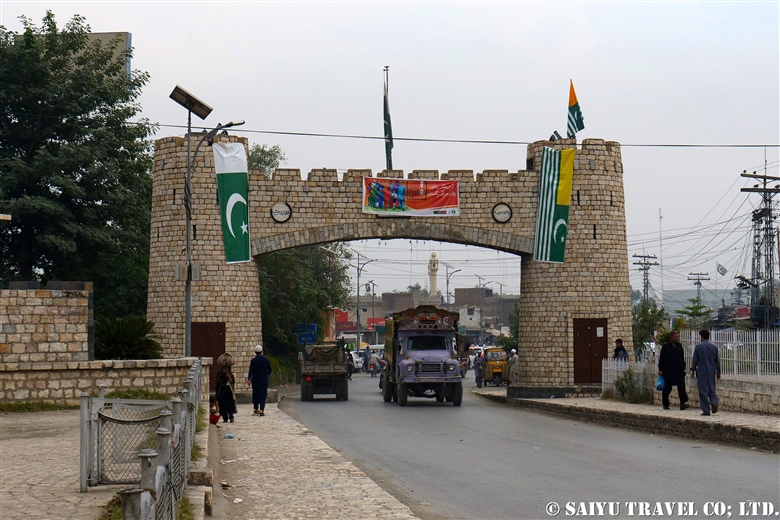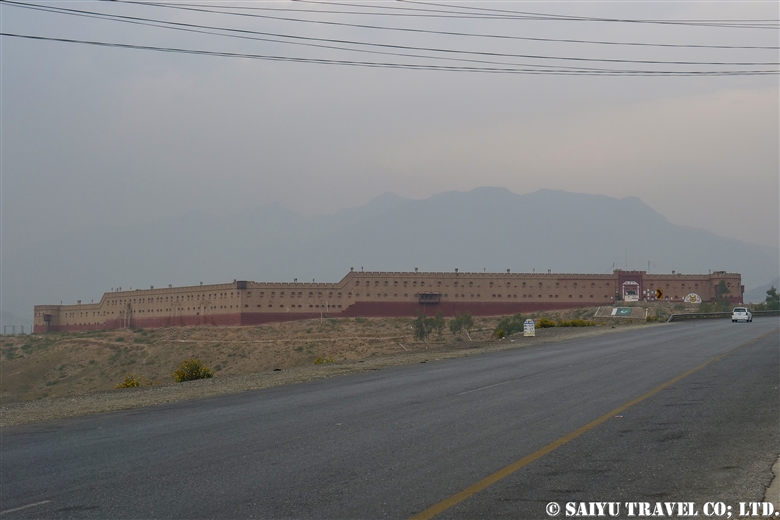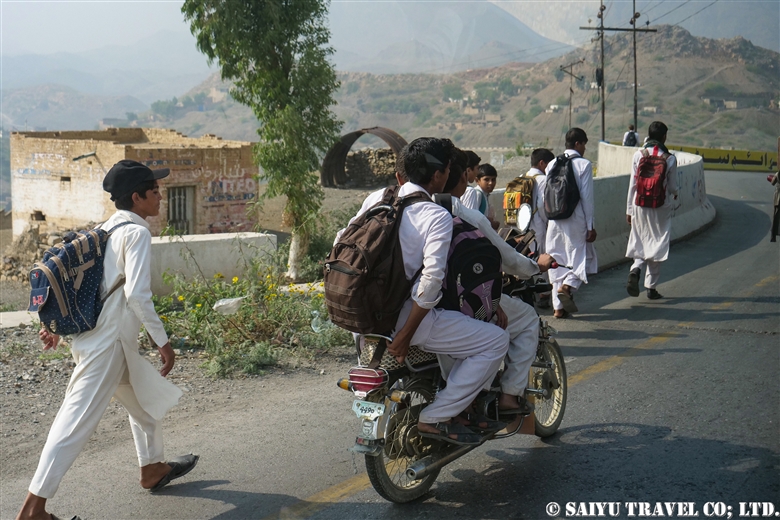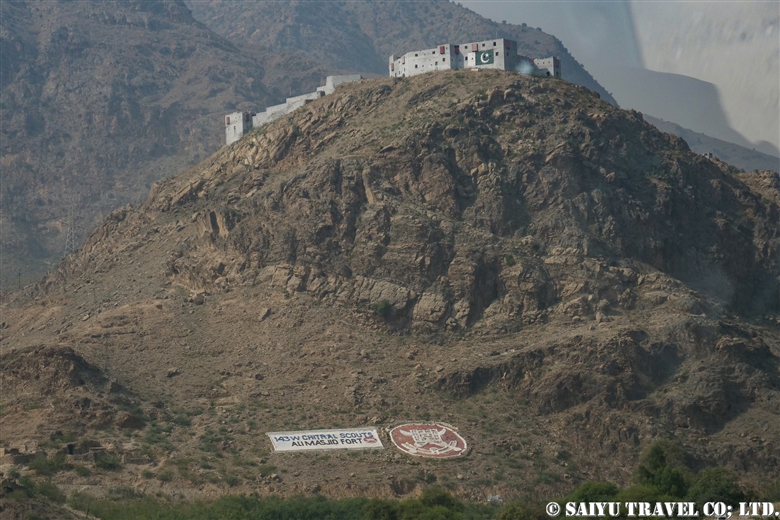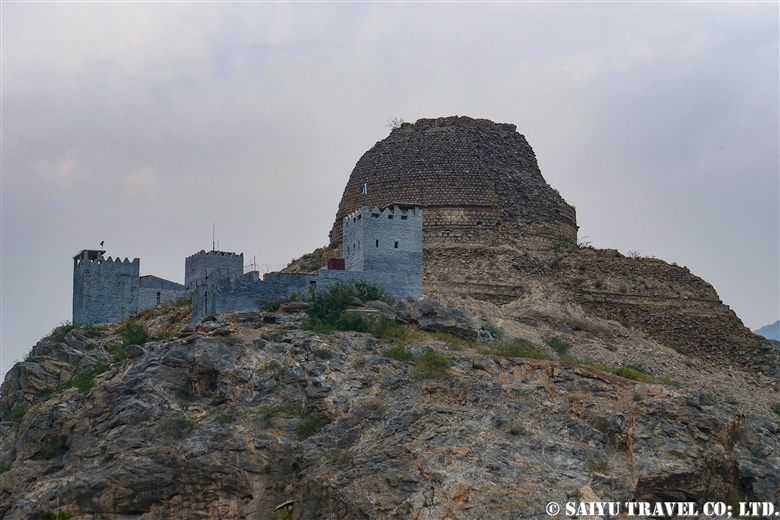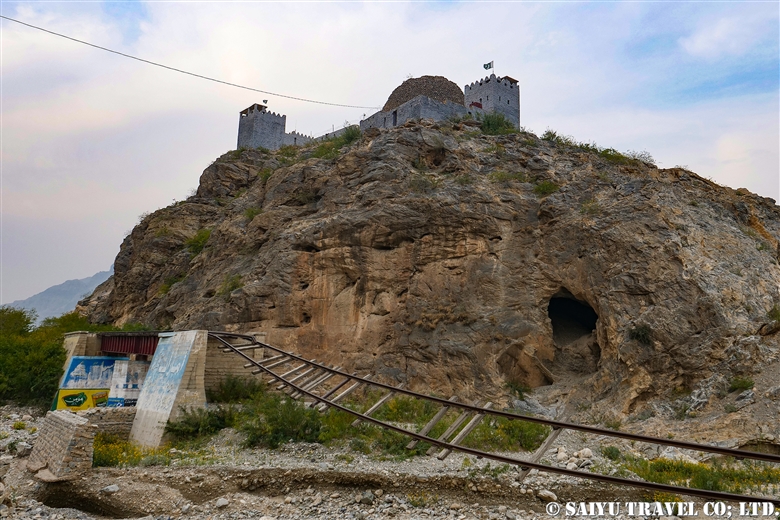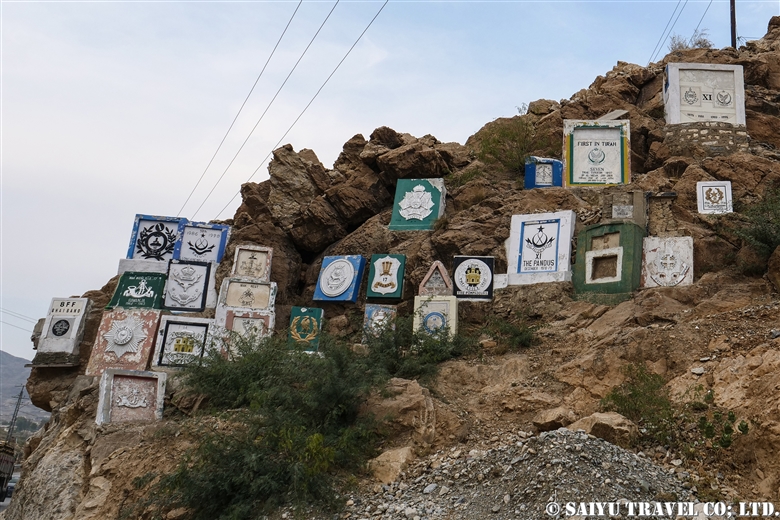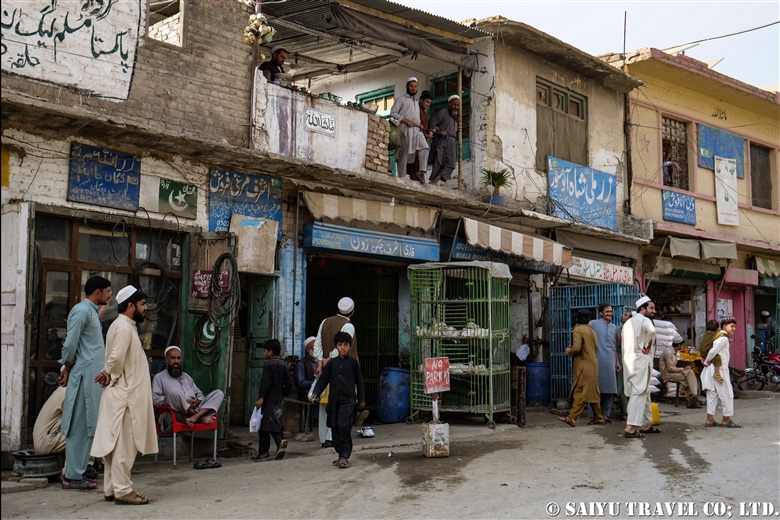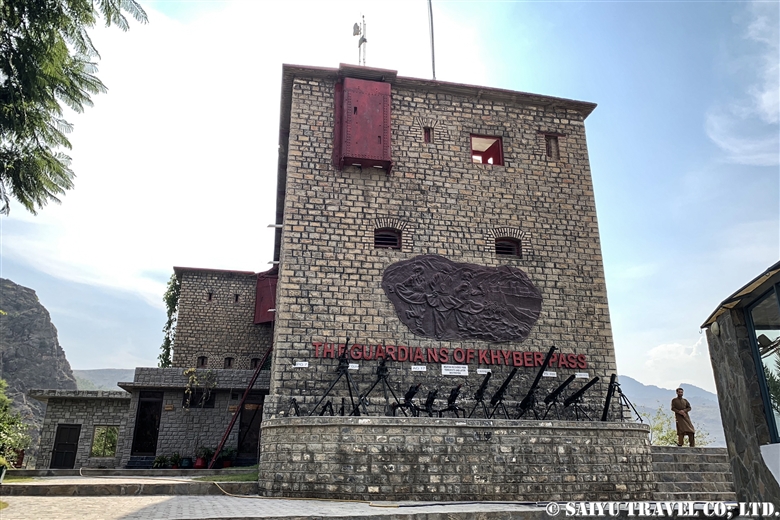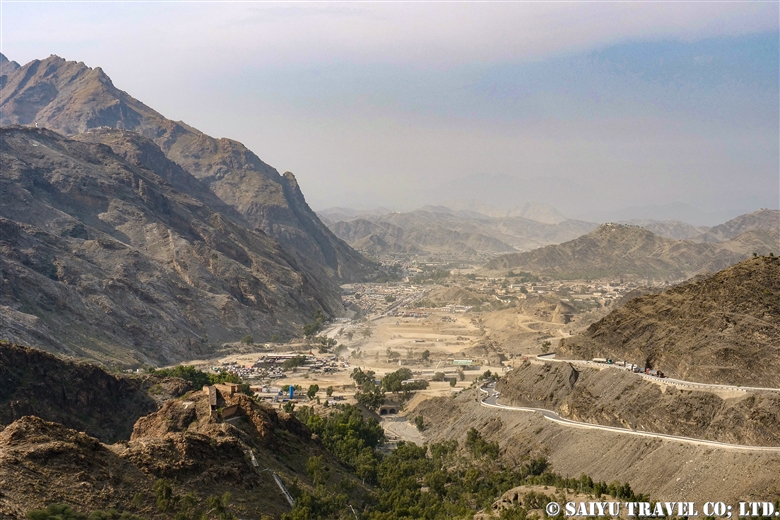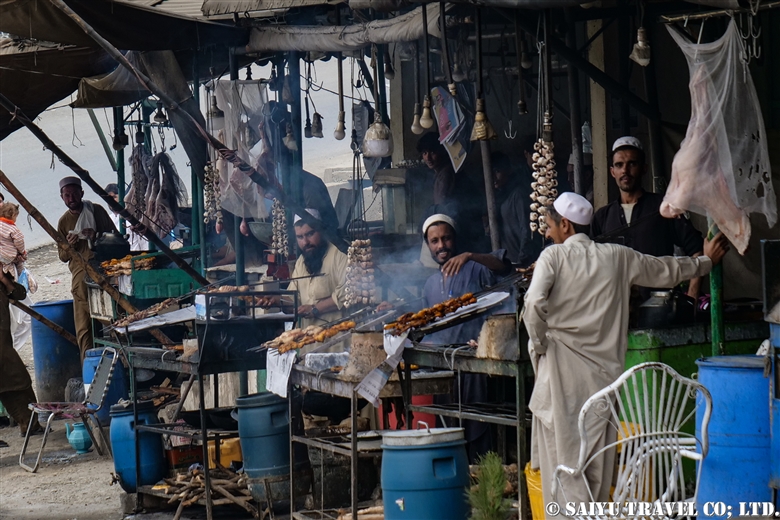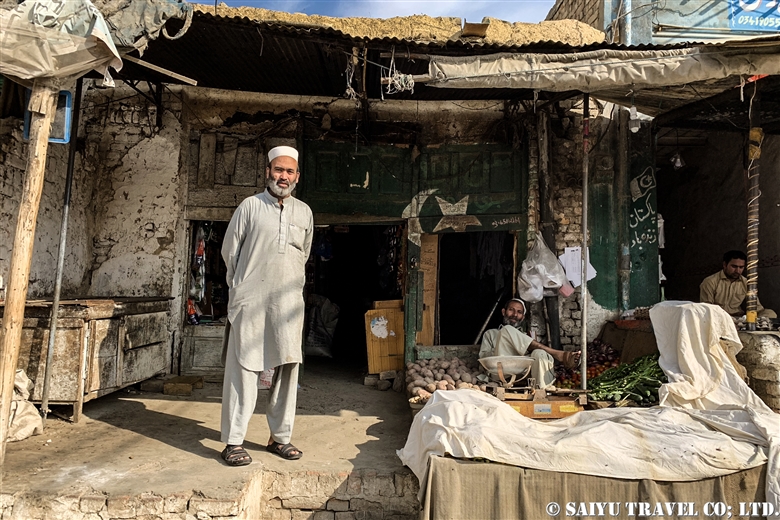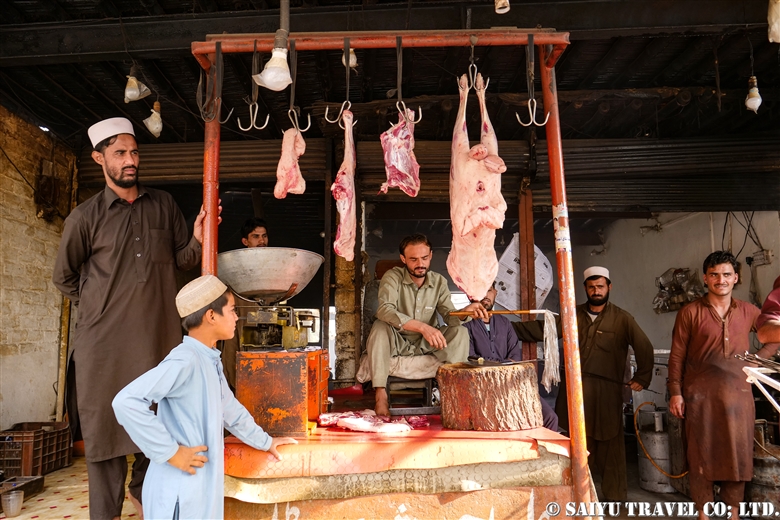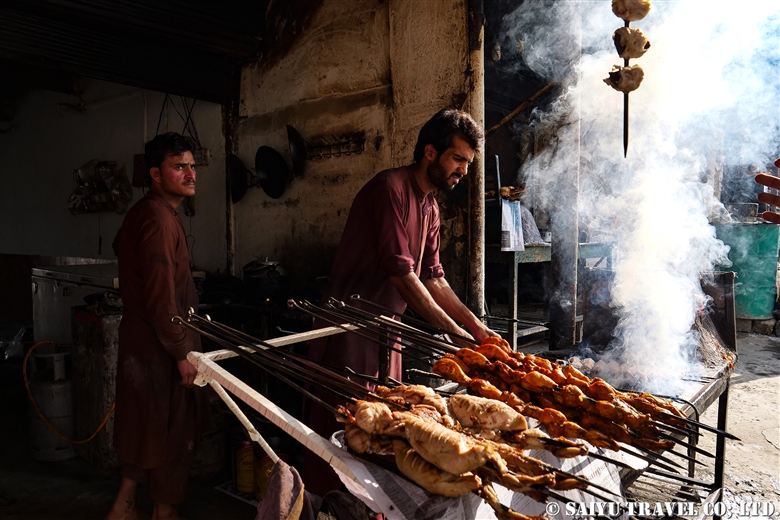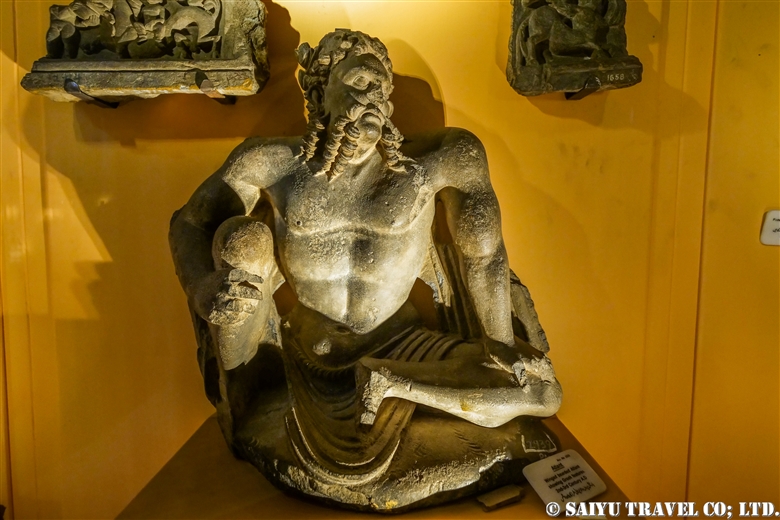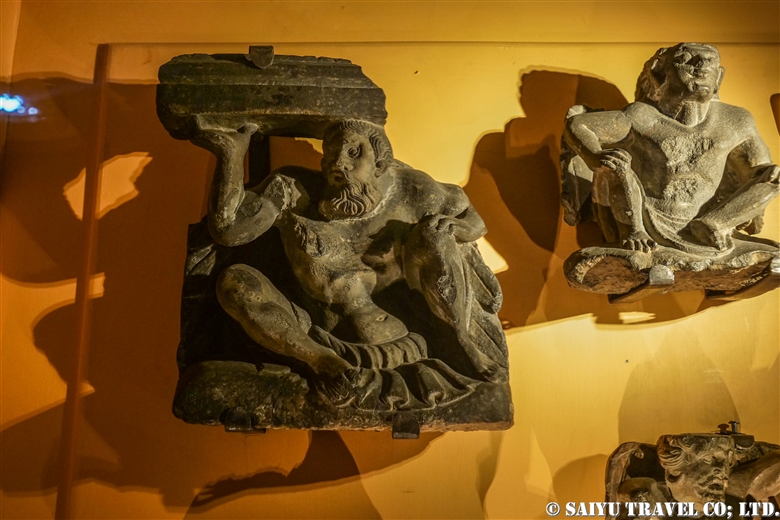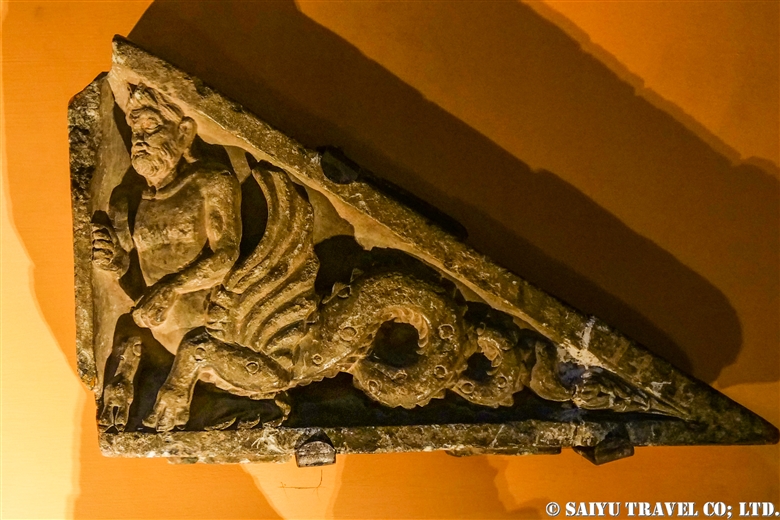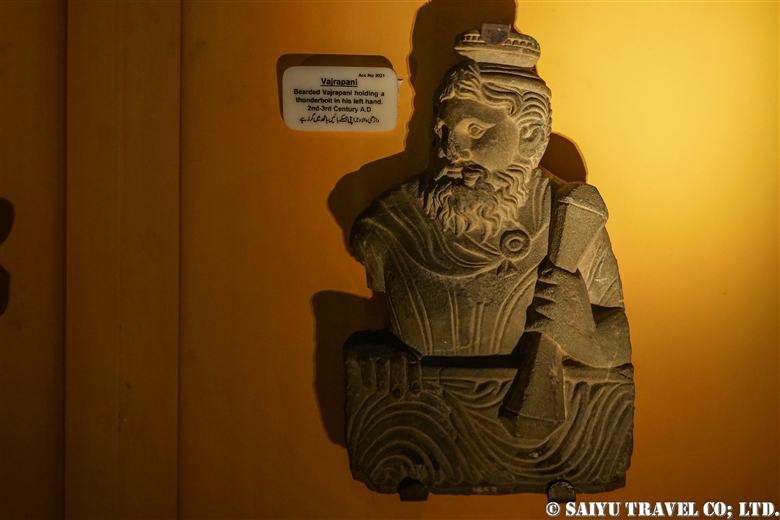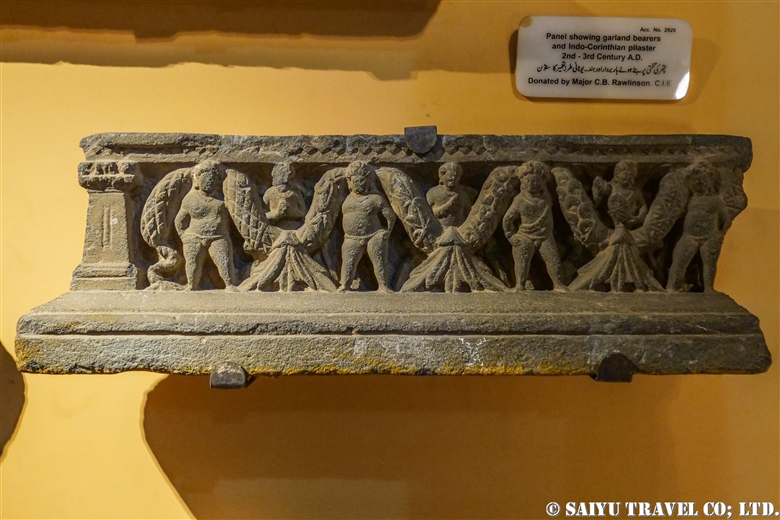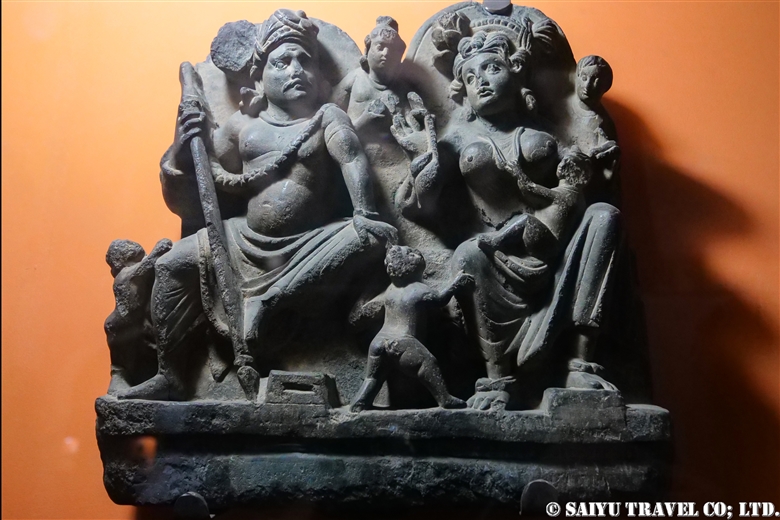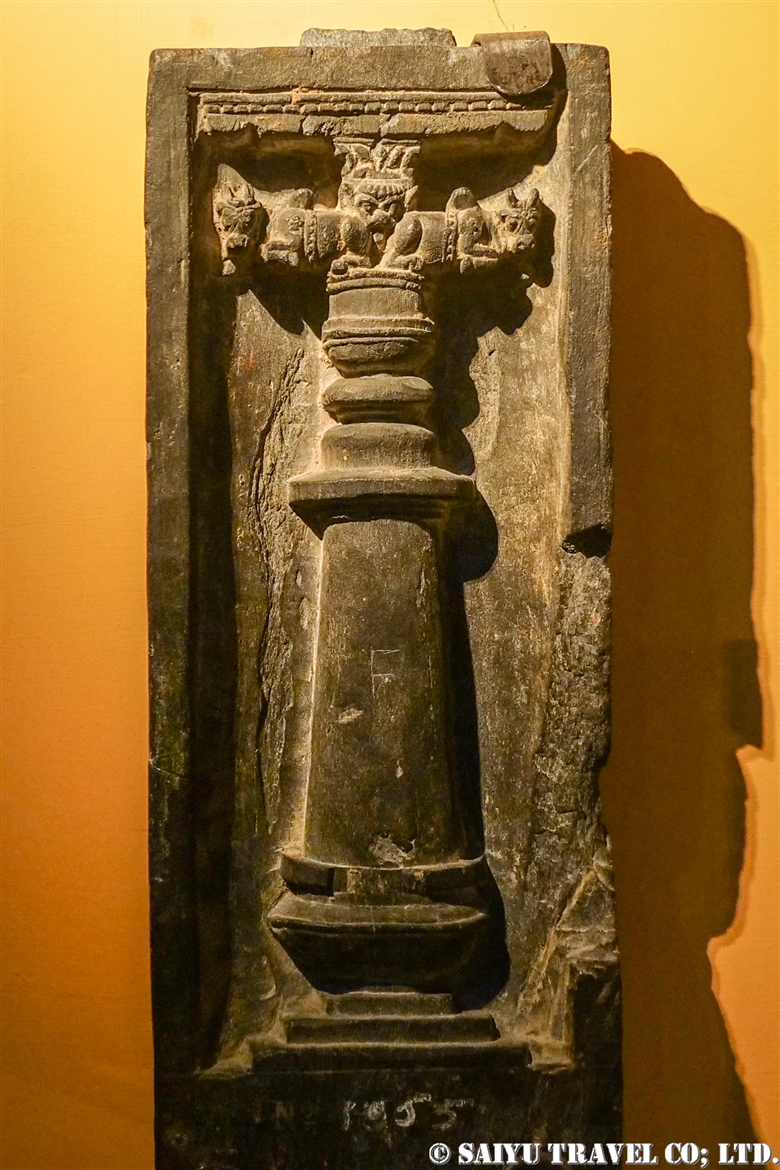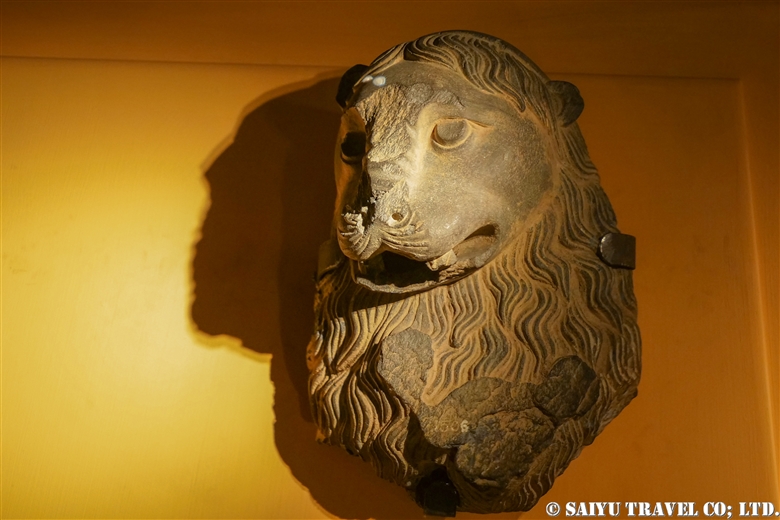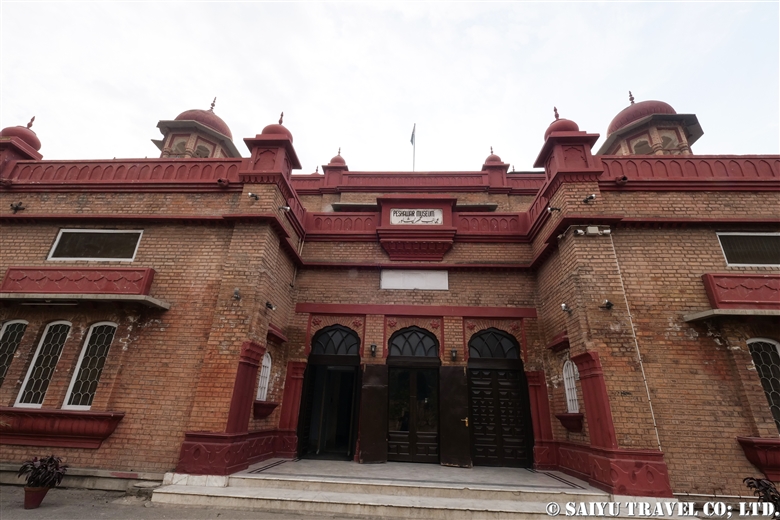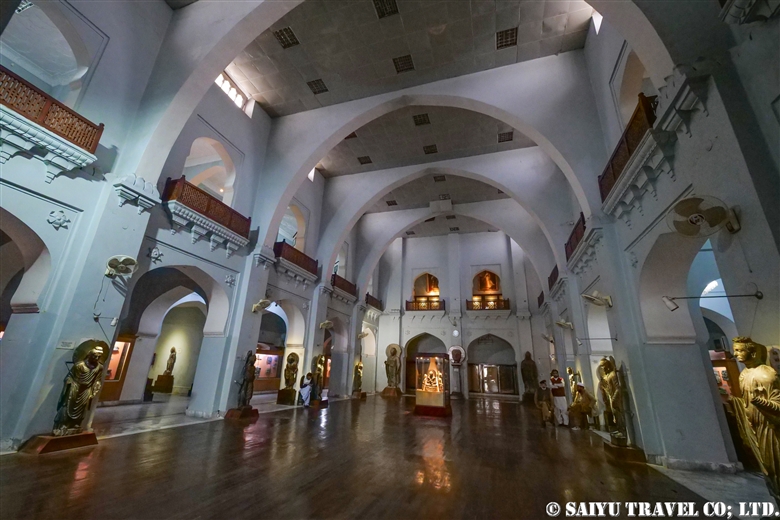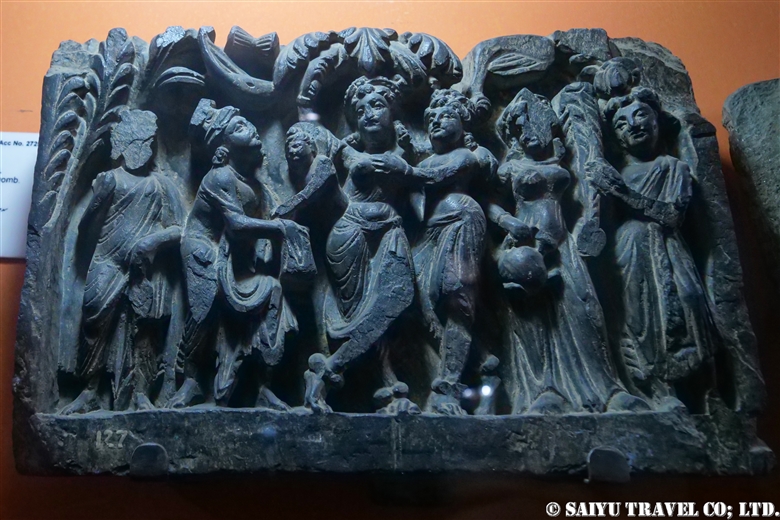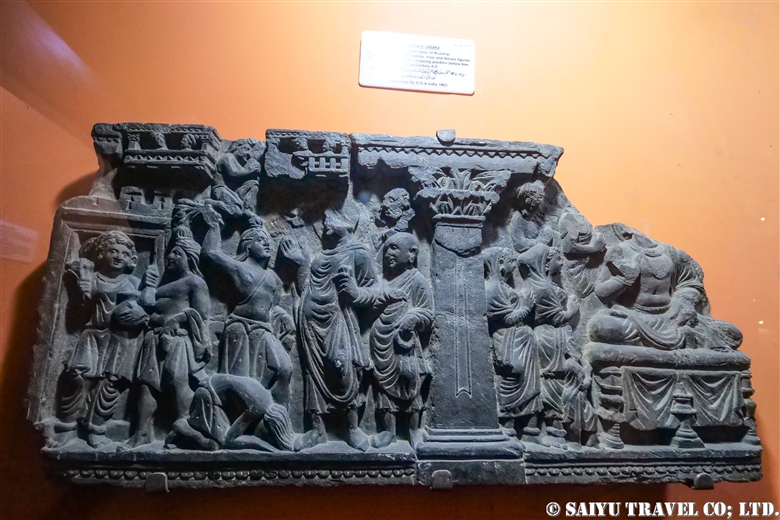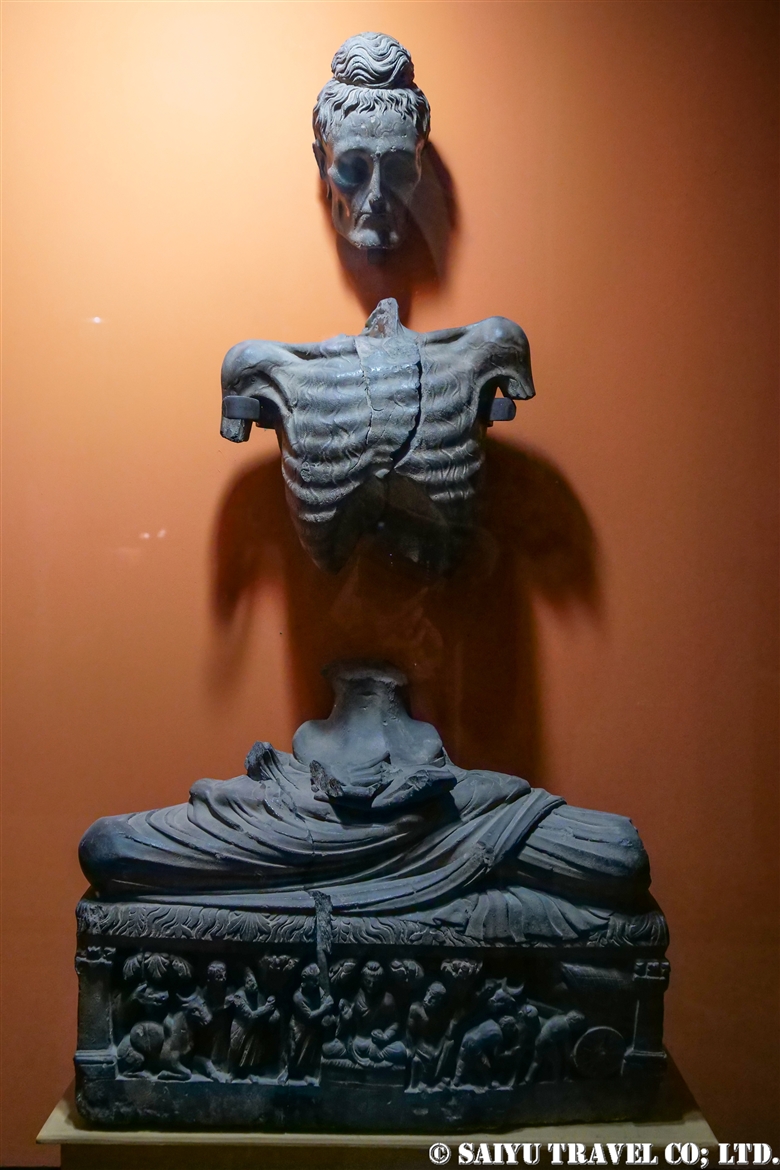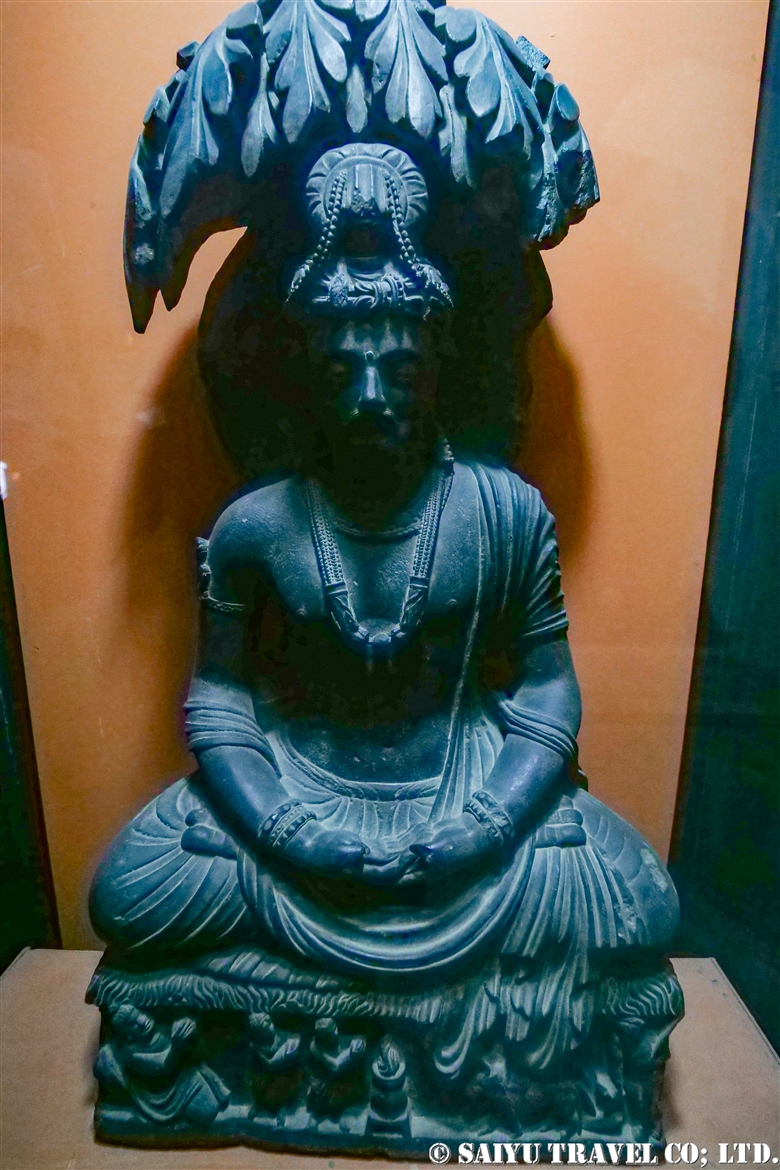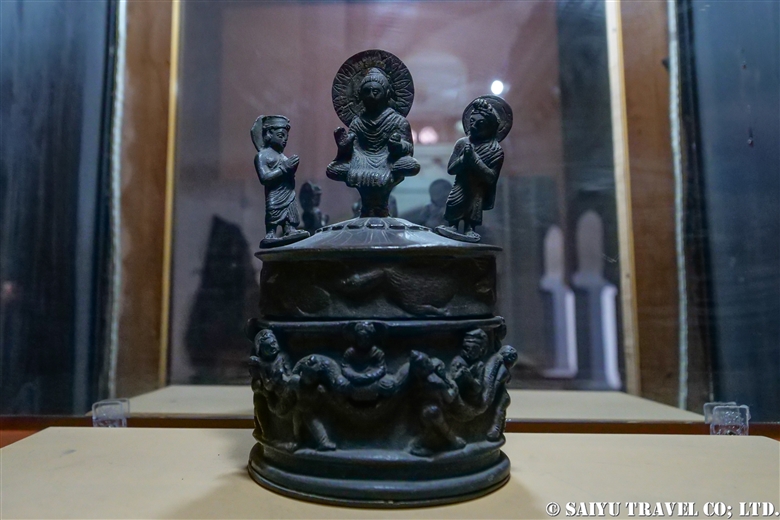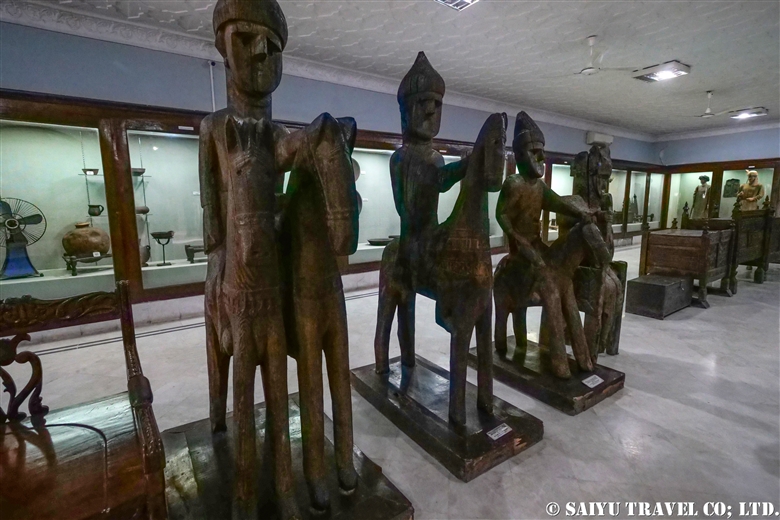Taken from the train, going from Peshwar to Rawal Pindi, this video summaries the scenery during our journey on the Pakistan Railway.
Previously, I posted a blog about the highlights of the “Crossing the Indus River by Pakistan’s Tain,” but this time I could make video, summarized into 2 minutes and 43 seconds, starting from the town of Peshwar to the arrival of Rawal Pindi, including the tunnel along the way.
The Pakistan Railway was built as part of the colonial management during the British Empire’s colonization of the Indian Empire, with 7,791 kilometers of track that runs from Torkham, on Afghanistan’s boarder, to Karachi. From the time of independence to the present day, the nostalgic feeling of the colonial era buildings and operations are maintained for a good Railway journey in which we can still enjoy “The Pakistan Railway.”
The Pakistan Railway Journey, From Peshawal to Rawal Pindi
Videography: Mariko SAWADA
Boarded on: Feb 2020, the Pakistan Railway between Peshawar (Khyber Pakhtunkhwa) to Rohri (Sindh)
*Contact us, Indus Caravan for more information of Railway trip.
*Please follow us on Youtube, Instagram & Facebook
Category : = Video Clip KPK > = Video Clip Punjab > ◆ Video Breathtaking Views of Pakistan > - Monument / Heritage of Punjab > - Peshawar / Khyber Pass > ◆Khyber Pakhtunkhwa > ◆ Punjab > ◇ Pakistan RailwaysTag : Pakistan vlog , Pakistan Travel company , Train in Pakistan , Pakistan Photography Tour , Attock , Pakistan Blog , Pakistan Travel Blog , Pakistan Heritage Tour , Indus Caravan , Vlog Pakistan , Saiyu Travel , Train trip in Pakistan , Saiyu Travel Pakistan , Pakistan Railways





